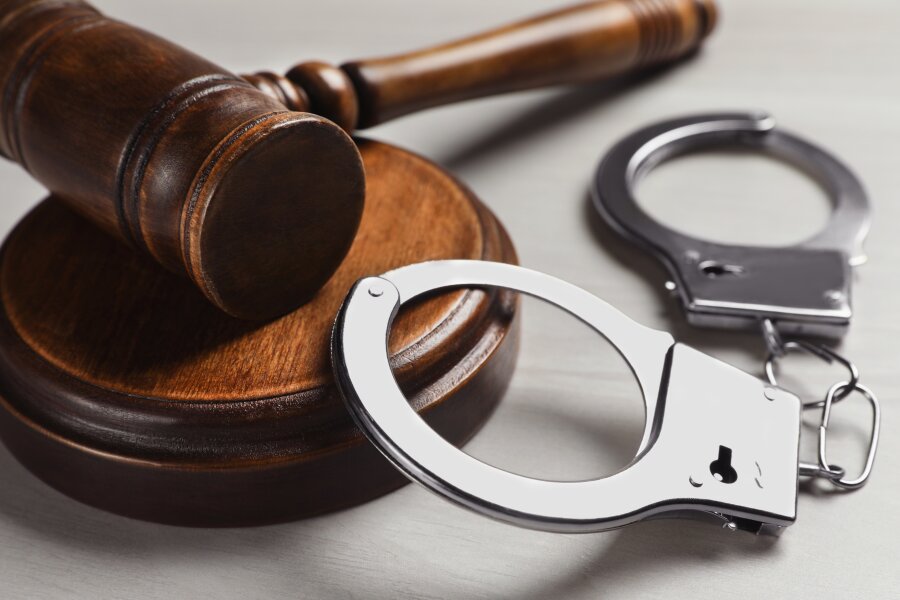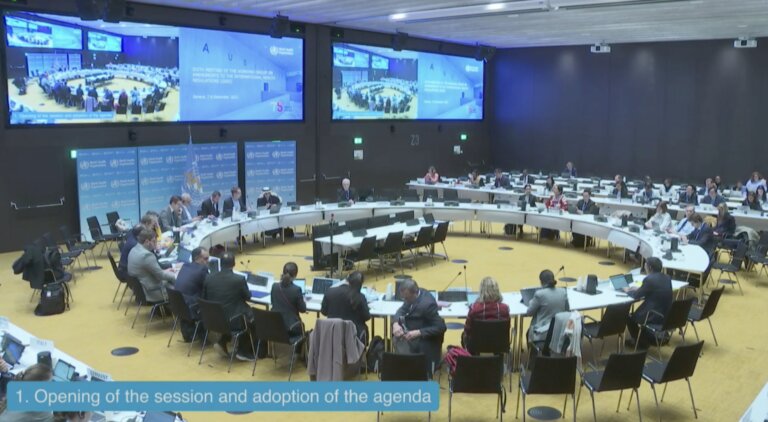Best Transportation Lawyers in Peru
Share your needs with us, get contacted by law firms.
Free. Takes 2 min.
List of the best lawyers in Peru, United States
We haven't listed any Transportation lawyers in Peru, United States yet...
But you can share your requirements with us, and we will help you find the right lawyer for your needs in Peru
Find a Lawyer in PeruAbout Transportation Law in Peru, United States:
Transportation law in Peru and the United States governs the rules and regulations related to the movement of goods and people via various modes of transportation such as cars, trucks, trains, airplanes, and ships. These laws ensure the safety of passengers and cargo, regulate the use of public roads and infrastructure, and establish liability in case of accidents or misconduct.
Why You May Need a Lawyer:
You may need a lawyer in the field of transportation law if you are involved in a transportation-related dispute, such as a car accident, cargo damage during transit, licensing or permit issues, or contractual disputes with transportation service providers. A lawyer can help you navigate the complex legal system, protect your rights, and ensure that you receive fair compensation for any damages or losses.
Local Laws Overview:
In Peru, transportation laws are governed by the Ministry of Transport and Communications (MTC) and include regulations on road safety, vehicle registration, driver licensing, and public transportation services. In the United States, transportation laws are regulated at both the federal and state levels, with agencies such as the Federal Motor Carrier Safety Administration (FMCSA) overseeing commercial transportation activities.
Frequently Asked Questions:
1. What should I do if I am involved in a car accident in Peru or the United States?
If you are involved in a car accident, you should immediately contact the police and seek medical assistance for any injuries. It is important to exchange contact information with the other parties involved and document the accident scene through photos or videos.
2. How can I obtain a driver's license in Peru or the United States?
In Peru and the United States, you can obtain a driver's license by passing a written test, a driving test, and meeting other eligibility requirements such as age and residency status.
3. What are the regulations for transporting hazardous materials in Peru or the United States?
Transporting hazardous materials is highly regulated in both Peru and the United States, with specific requirements for packaging, labeling, and handling to ensure public safety and environmental protection.
4. What are my rights as a passenger in public transportation in Peru or the United States?
As a passenger in public transportation, you have the right to a safe and comfortable ride, fair ticket pricing, and protection against discrimination or mistreatment by transportation providers.
5. How can I dispute a traffic ticket in Peru or the United States?
If you receive a traffic ticket that you believe is unjust, you can challenge it in court by presenting evidence or hiring a lawyer to represent your case.
6. Are there specific regulations for ridesharing services like Uber or Lyft in Peru or the United States?
Ridesharing services are subject to regulations in both Peru and the United States, with requirements for driver background checks, vehicle inspections, and insurance coverage to ensure passenger safety.
7. Can I sue a transportation company for damages in Peru or the United States?
If you have suffered damages due to the negligence of a transportation company, you may be able to file a lawsuit to seek compensation for medical expenses, lost wages, and pain and suffering.
8. How can I apply for a commercial driver's license (CDL) in Peru or the United States?
To obtain a CDL for commercial driving purposes, you must pass a written and driving test, meet age and health requirements, and demonstrate proficiency in operating commercial vehicles.
9. What are the regulations for operating drones for transportation purposes in Peru or the United States?
Operating drones for transportation purposes is regulated by aviation authorities in both Peru and the United States, with rules on drone registration, pilot certification, and airspace restrictions to ensure safety and security.
10. How can I report a transportation-related safety violation in Peru or the United States?
If you observe a safety violation or misconduct in the transportation sector, you can report it to the relevant authorities such as the police, transportation agency, or consumer protection agency for investigation and enforcement action.
Additional Resources:
For further information and assistance with transportation law in Peru, you can contact the Ministry of Transport and Communications (MTC) or seek legal advice from a qualified attorney specializing in transportation law. In the United States, resources such as the Federal Motor Carrier Safety Administration (FMCSA) and state transportation departments can provide valuable guidance on regulatory compliance and enforcement procedures.
Next Steps:
If you require legal assistance in the field of transportation law in Peru or the United States, it is recommended to consult with a knowledgeable lawyer who can assess your situation, provide legal advice, and represent your interests in negotiations or court proceedings. Be sure to gather relevant documents and evidence related to your case to help your lawyer build a strong legal strategy and protect your rights effectively.
Disclaimer:
The information provided on this page is for general informational purposes only and does not constitute legal advice. While we strive to ensure the accuracy and relevance of the content, legal information may change over time, and interpretations of the law can vary. You should always consult with a qualified legal professional for advice specific to your situation. We disclaim all liability for actions taken or not taken based on the content of this page. If you believe any information is incorrect or outdated, please contact us, and we will review and update it where appropriate.









